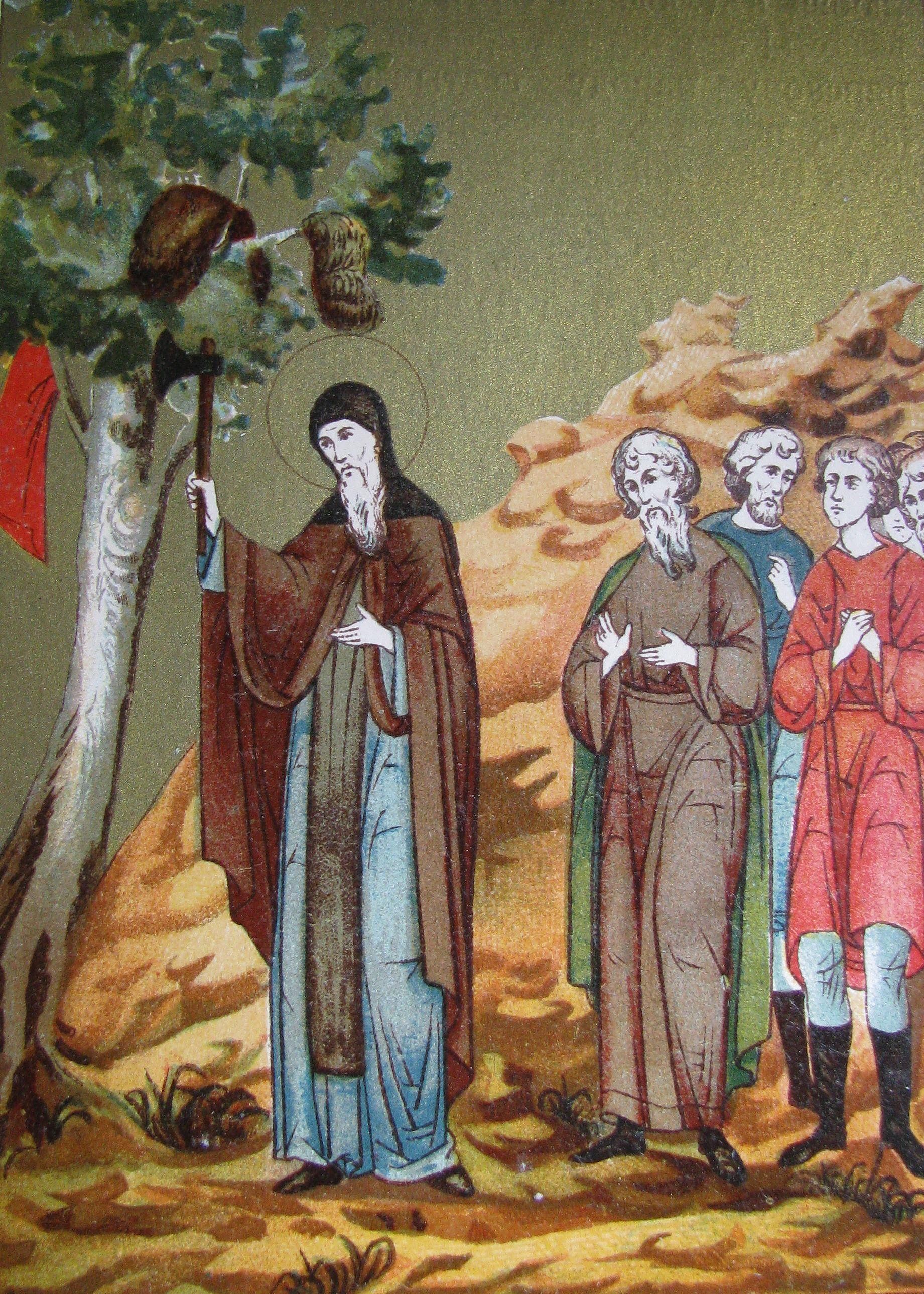|
Card: 2 / 29 |
The Indus Valley Civilization extended from Jammu in the north to the Narmada estuary in the south, and from the Makran coast of Baluchistan in the west to Meerut in the northeast, covering an area of about 1,299,600 square kilometers. 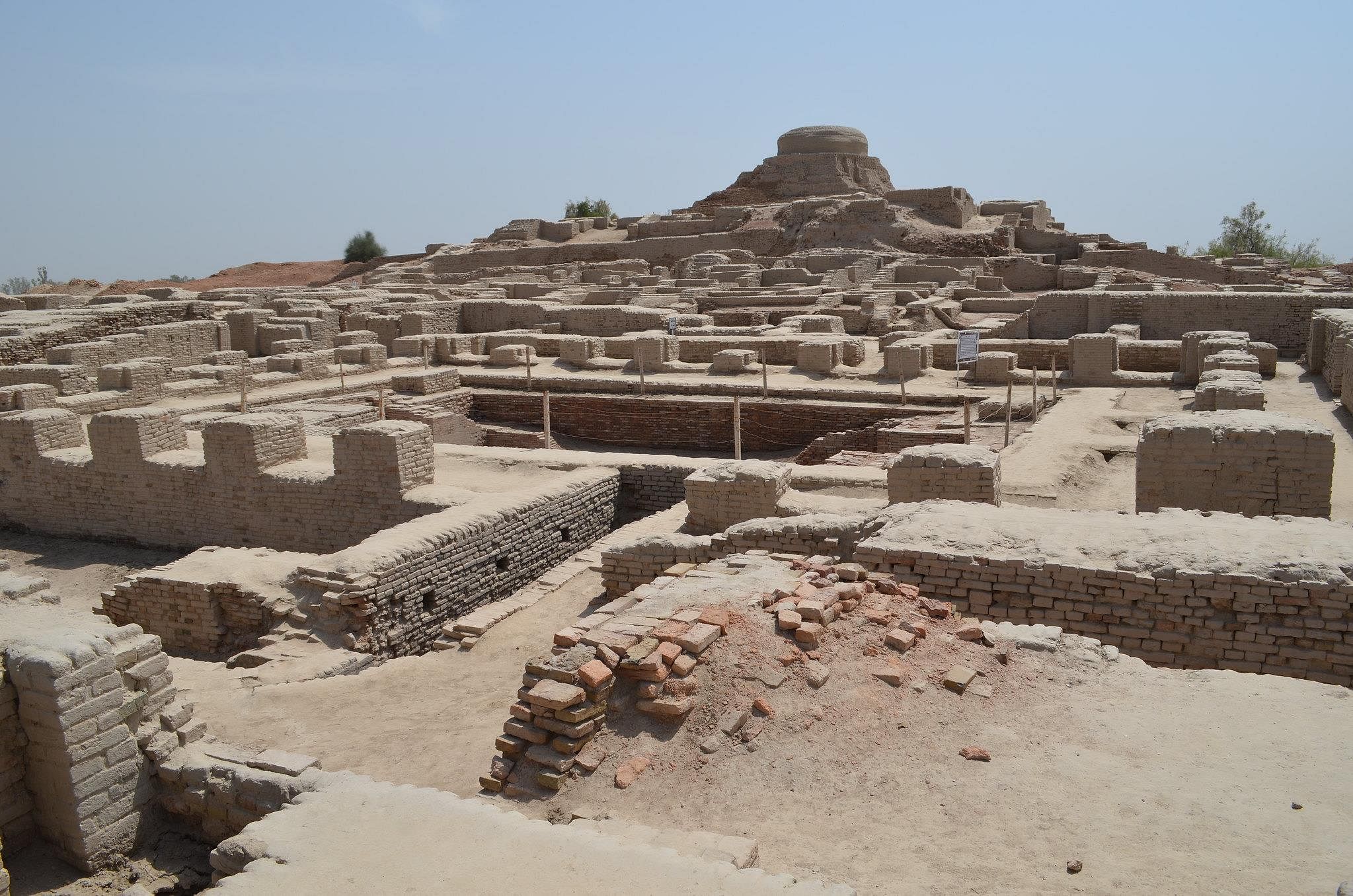 |
|
Card: 3 / 29 |
The Harappan Civilization is primarily associated with the northwestern part of the Indian subcontinent, covering regions such as Punjab, Sindh, Balochistan, Gujarat, Rajasthan, and western Uttar Pradesh, with major cities including Harappa, Mohenjo-daro, Chanhu-daro, Lothal, Kalibangan, and Banwali. |
|
Card: 4 / 29 |
The town planning of the Indus Valley Civilization is characterized by a grid system, which includes roads that cut across one another at ___ degrees and divides the city into ___ blocks. |
|
Card: 6 / 29 |
The Indus Valley Civilization was known for its production of which significant crop that was among the earliest cultivated in the region? |
|
Card: 7 / 29 |
Cotton, which was the first produced in this area and referred to as sindon by the Greeks. |
|
Card: 8 / 29 |
What types of animals were domesticated by the Harappans, and which animal was favored for its humped form? |
|
Card: 9 / 29 |
The Harappans domesticated oxen, buffaloes, goats, sheep, pigs, dogs, cats, asses, and camels, with humped bulls being particularly favored. 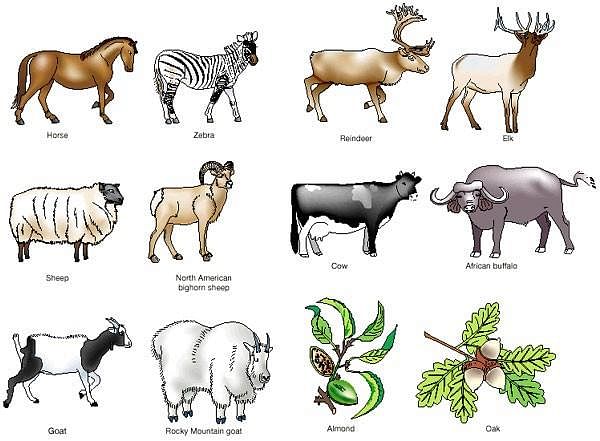 |
|
Card: 10 / 29 |
What materials and methods did Harappan artisans use in the manufacture of bronze tools and weapons? |
|
Card: 11 / 29 |
Harappan artisans primarily used a mixture of tin and copper to make bronze, with copper sourced from Rajasthan and tin possibly brought from Afghanistan. The bronze tools and weapons exhibited a smaller percentage of tin, indicating a specialized skill set among bronze smiths who produced various items such as images, utensils, axes, saws, knives, and spears. |
|
Card: 12 / 29 |
What were the primary methods of trade utilized by the Harappans in the Indus Valley Civilization? |
|
Card: 13 / 29 |
The Harappans primarily engaged in barter for trade, exchanging finished goods and possibly food grains for metals, using boats and bullock carts for transportation. 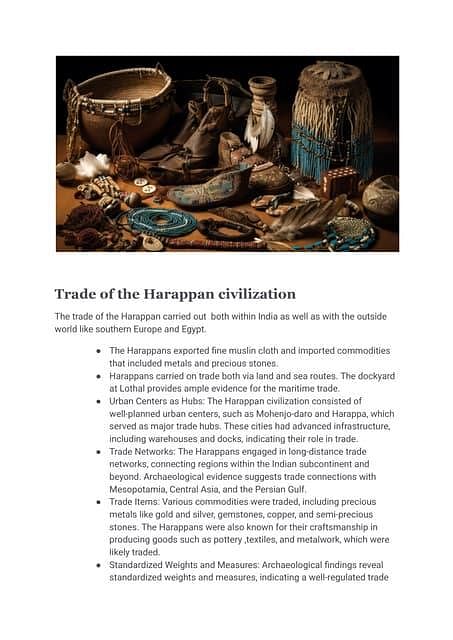 |
|
Card: 14 / 29 |
What evidence suggests that a central authority may have existed in Harappan culture despite the lack of clear documentation about its political organization? |
|
Card: 15 / 29 |
The cultural homogeneity of the Indus civilization implies that a central authority was necessary to maintain such uniformity across the region. |
|
Card: 16 / 29 |
The worship of the pipal tree in the Indus region is significant because it reflects a continuity of ___ in modern times. |
|
Card: 18 / 29 |
The Harappan script is primarily characterized as ___ rather than an alphabetical system. |
|
Card: 20 / 29 |
The Harappans primarily used weights that were multiples of ___, which is still reflected in the modern Indian currency of ___ annas making one rupee. |
|
Card: 22 / 29 |
What does the artistic disparity between seals/images and terracotta pieces in the Harappan culture suggest about social class distinctions? |
|
Card: 23 / 29 |
The disparity in artistic quality suggests a potential class divide, with the more sophisticated seals and images likely used by the upper classes, while the simpler terracotta pieces were utilized by the common people. |
|
Card: 24 / 29 |
What are the key factors attributed to the decline of the Harappan culture around 1900 B.C.? |
|
Card: 25 / 29 |
The decline of the Harappan culture is attributed to several factors, including decreased rainfall affecting agriculture, increasing soil salinity, possible geological changes causing floods, and theories suggesting destruction by the Aryans, although evidence for this is limited. 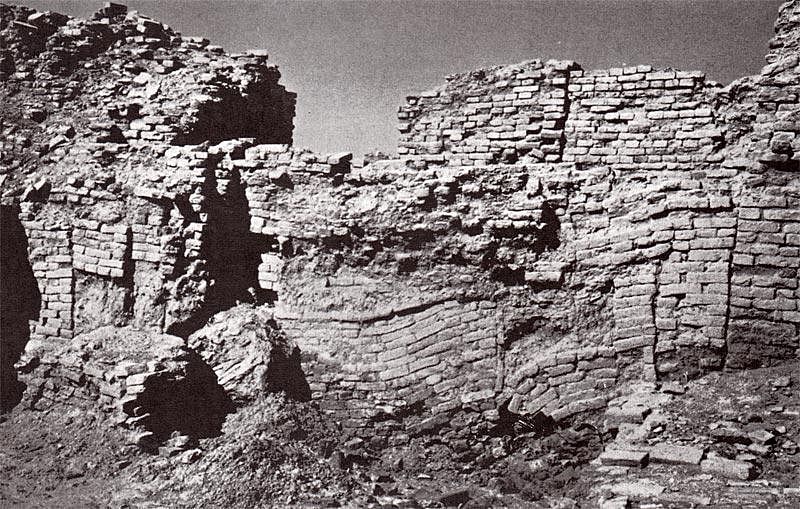 |
|
Card: 26 / 29 |
The ancient region referred to as Meluha corresponds to which modern geographic area? |
|
Card: 28 / 29 |
The Harappan civilization is named after which archaeological site, and why is this site significant? |
|
Card: 29 / 29 |
The Harappan civilization is named after the archaeological site of Harappa, as it was the first site of the Indus Valley civilization discovered in the early 20th century, marking the beginning of archaeological research into this ancient civilization. 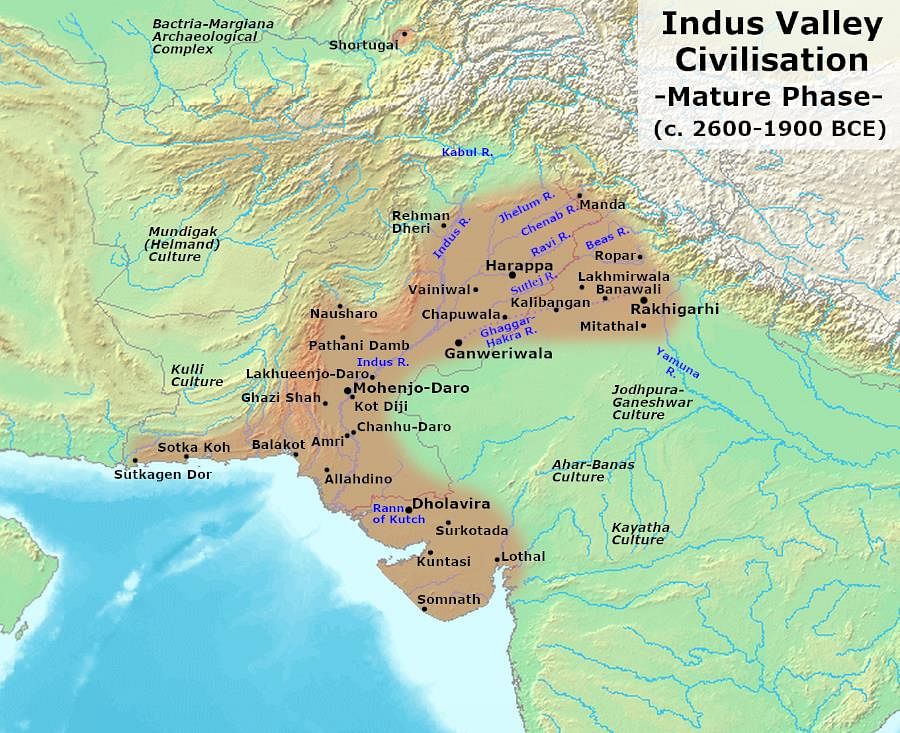 |




